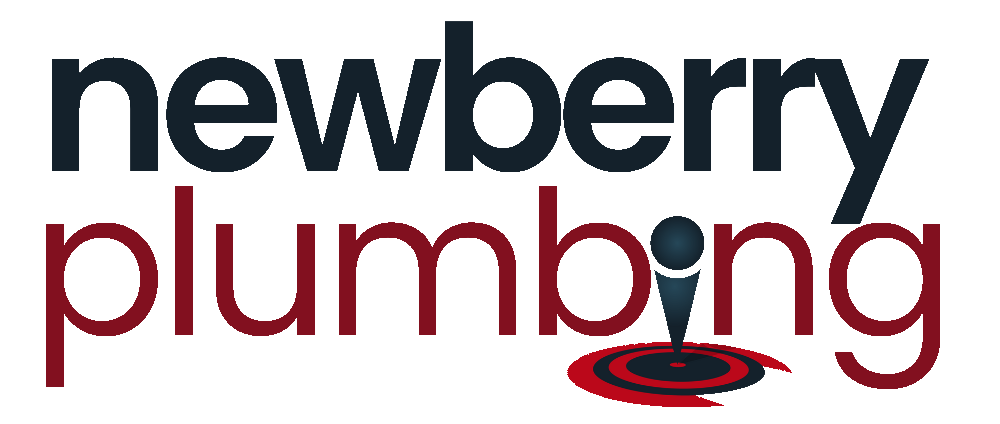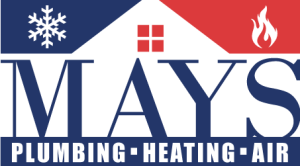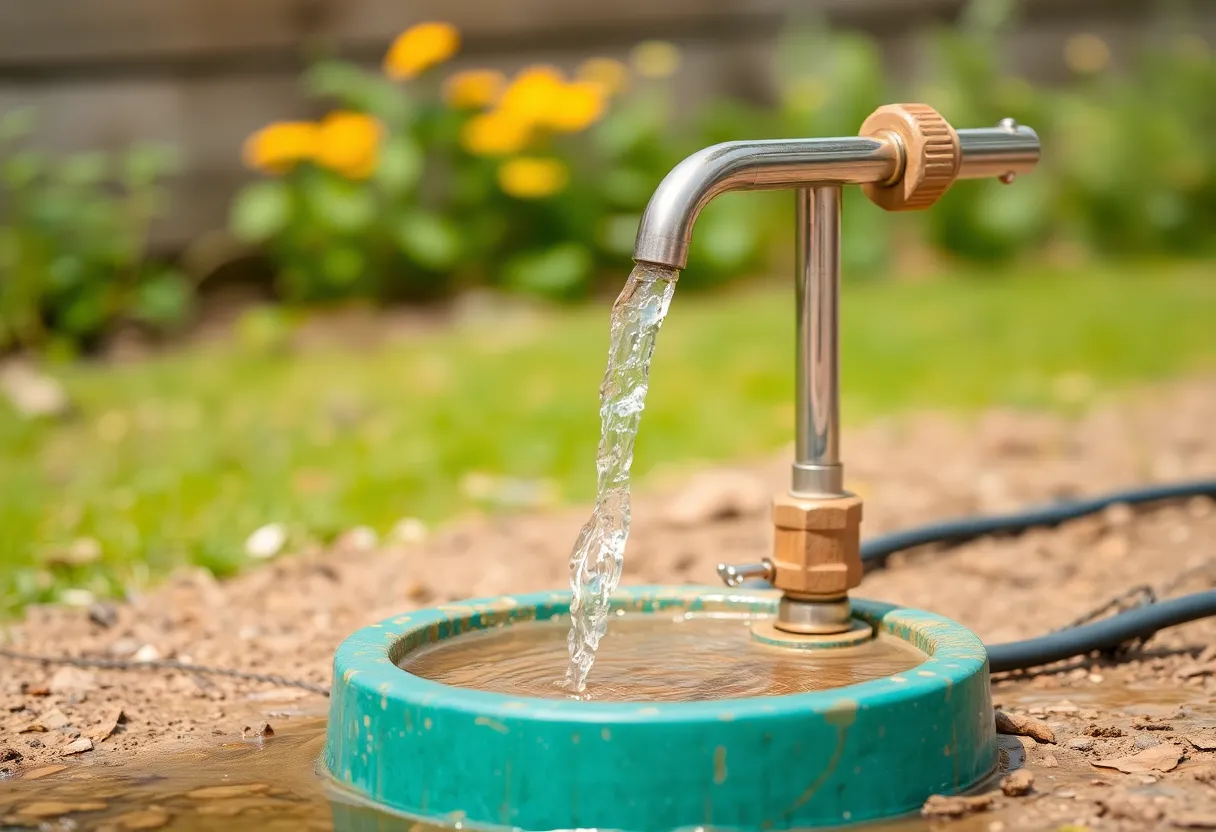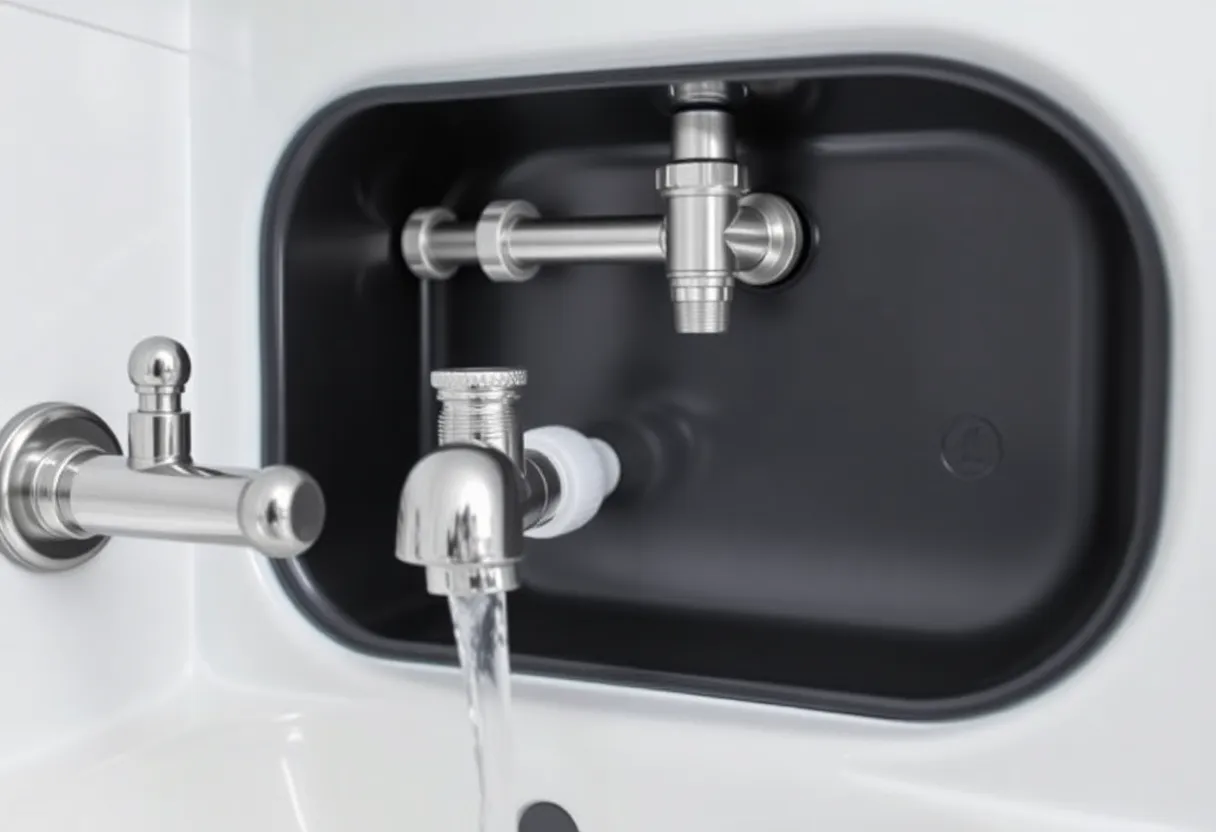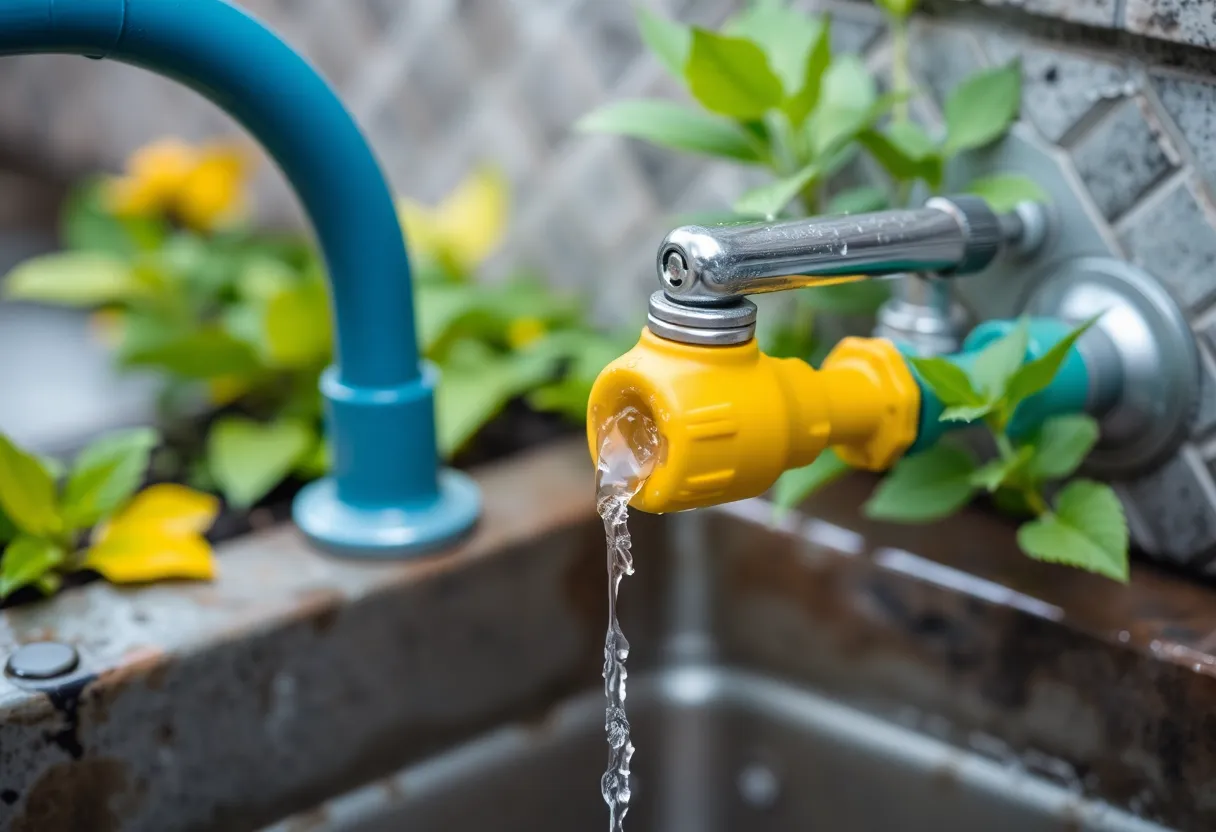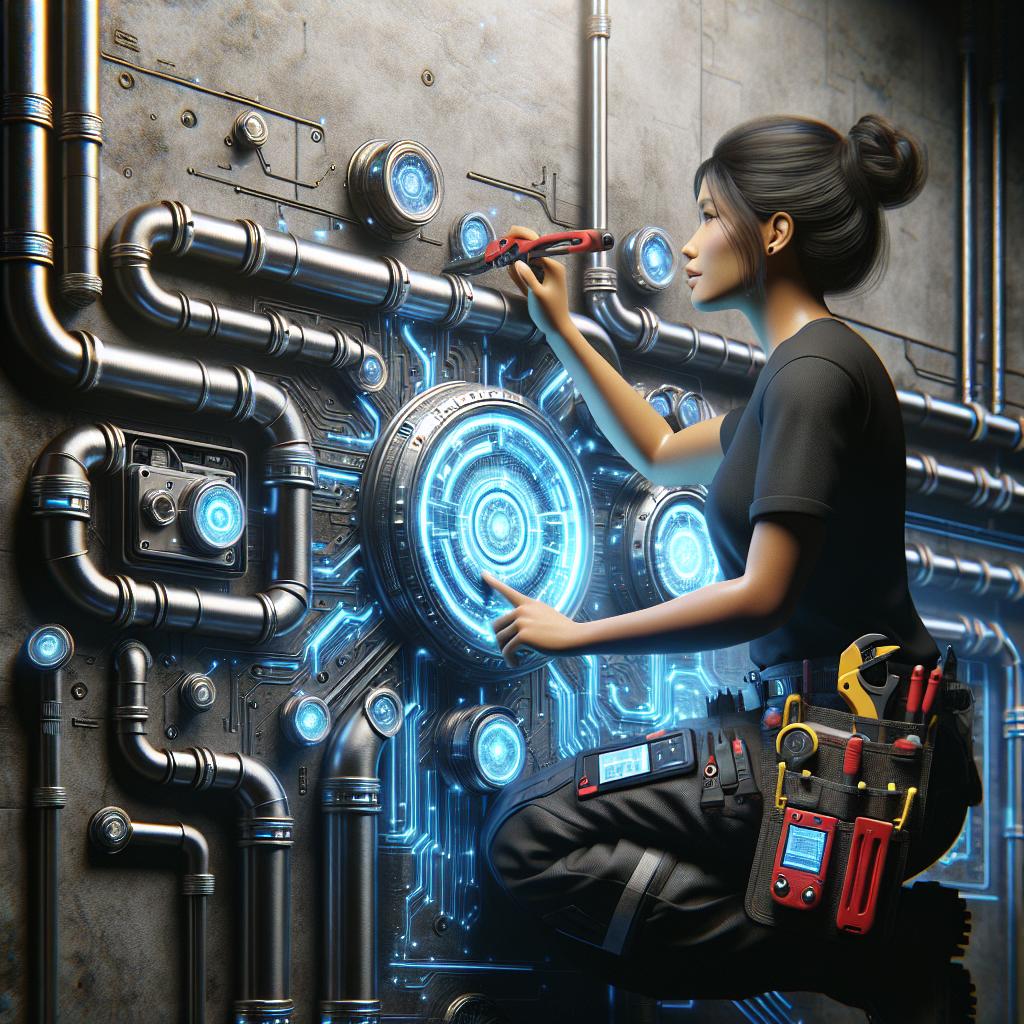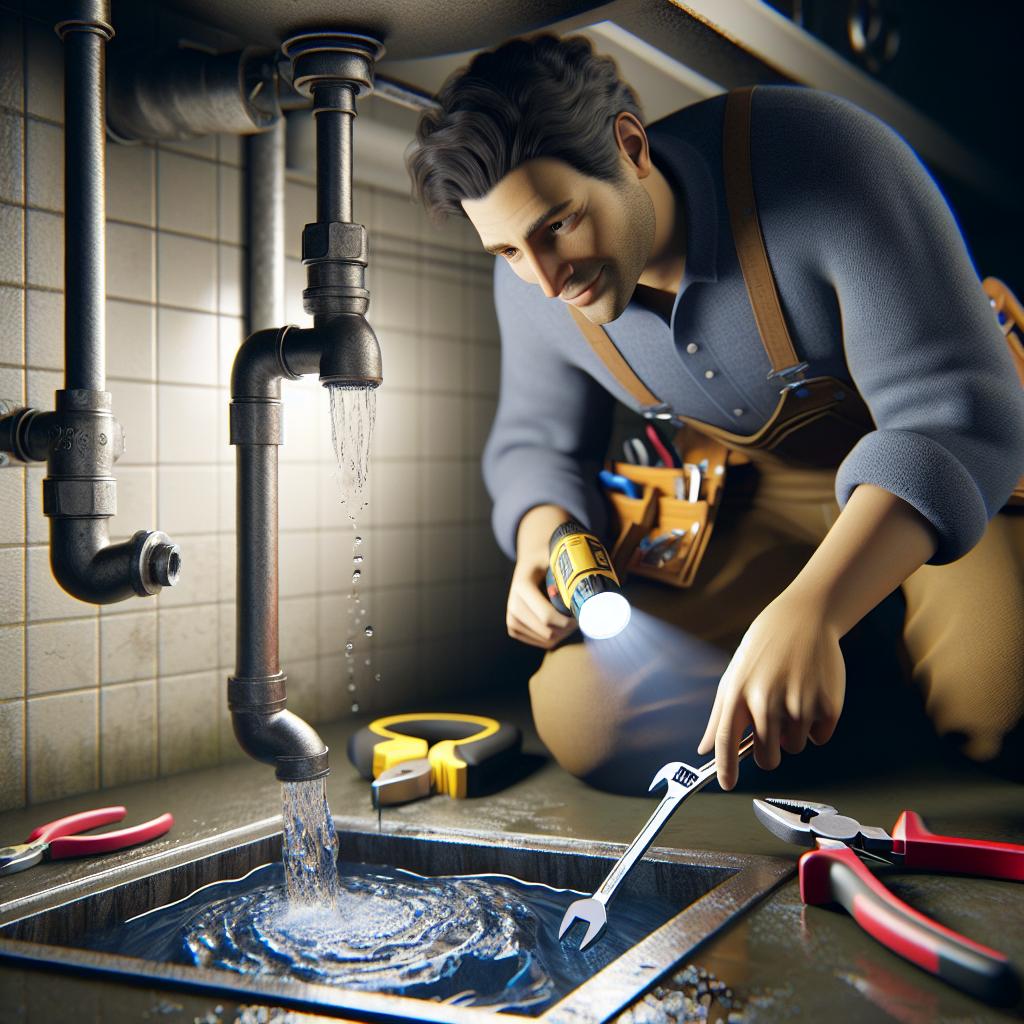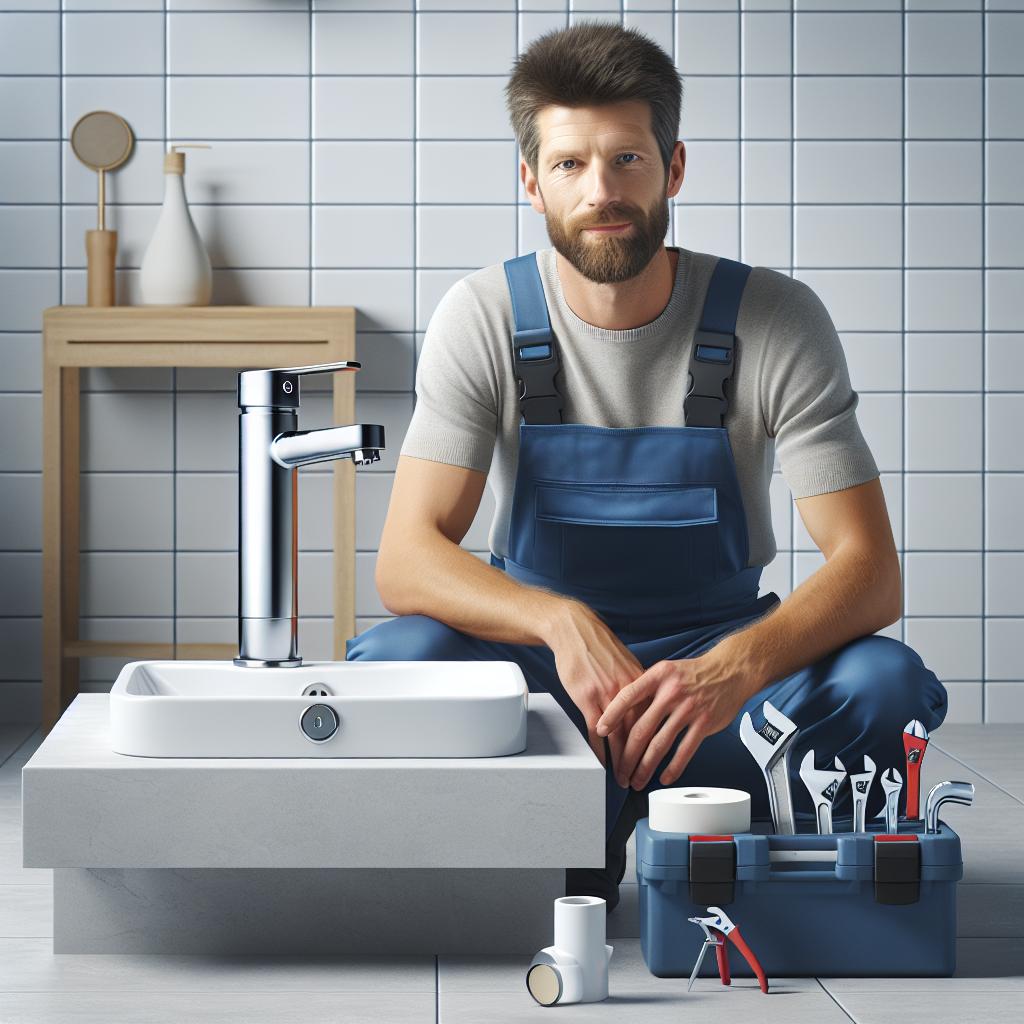The Hidden Savings: 7 Plumbing Upgrades That Could Slash Your Water Bill
In today’s world, where water conservation has become increasingly essential, homeowners are constantly searching for ways to reduce their water bills. While many focus on changing their habits in daily usage, there’s a wealth of opportunities to upgrade plumbing systems that can lead to significant savings. From modern fixtures to smart technology, these plumbing upgrades not only help cut costs but also contribute to environmental conservation. Here, we will explore seven impactful plumbing upgrades that can quietly transform your water bill.
1. Install Low-Flow Fixtures
One of the most effective ways to save water is by installing low-flow fixtures. These include showerheads, faucets, and toilets designed to use less water without sacrificing performance.
Low-Flow Showerheads
Low-flow showerheads can reduce water usage by up to 50%. Traditional showerheads use about 2.5 gallons per minute, whereas low-flow options often flow at 1.5 gallons per minute or less. The difference may seem marginal, but over time, the savings can add up significantly.
Low-Flow Faucets
Similarly, low-flow faucets utilize aerators to limit water flow while maintaining pressure. Replacing standard bathroom faucets with low-flow faucets can save an average of 700 gallons per year for a family of four.
High-Efficiency Toilets
High-efficiency toilets (HETs) only use 1.28 gallons per flush compared to traditional models that can use up to 3.6 gallons. By upgrading to HETs, you can save thousands of gallons of water each year, translating to substantial cost savings.
2. Install a Smart Irrigation System
For those with gardens and lawns, an efficient irrigation system is essential. Outdated irrigation systems can waste a significant amount of water, particularly during rainy seasons.
Benefits of Smart Controllers
Smart irrigation systems utilize weather data to determine the optimal watering schedule, ensuring that your garden receives what it needs without wastage. They can adjust watering schedules based on rain forecasts and even soil moisture levels. This level of precision can help save as much as 50% more water compared to traditional timers.
Drip Irrigation
Another upgrade is transitioning to a drip irrigation system for flower beds and vegetable gardens. Drip lines deliver water directly to the plant roots, reducing evaporation and runoff. It’s an efficient way to ensure that water goes exactly where it is needed, saving water while maintaining healthy plants.
3. Fix Leaks Promptly
One of the biggest culprits of high water bills is leaks. A small leak may seem insignificant, but over time, it can waste a large amount of water and money.
Common Leak Areas
Check various parts of your plumbing for leaks, such as:
- Faucets
- Toilets
- Showerheads
- Appliance hoses
Consider investing in a water leak detector that alerts you to leaks early on, potentially saving hundreds of gallons and preventing expensive repairs down the road.
4. Upgrade to Tankless Water Heaters
If you rely on a traditional tank water heater, switching to a tankless model can yield both immediate and long-term savings.
Energy Efficiency
Tankless water heaters heat water on demand, meaning they only use energy when you’re using hot water. This approach not only reduces energy costs but also minimizes water wastage as you won’t need to run the tap while waiting for hot water.
Longer Lifespan
Additionally, tankless units typically last longer than traditional models, which means you will not only save on water but also potentially cut down on maintenance and replacement costs.
5. Repipe with PEX or PVC
If you live in an older home, your plumbing system may be using outdated materials. Upgrading to modern piping solutions like PEX (cross-linked polyethylene) or PVC (polyvinyl chloride) can significantly enhance water flow and reduce leaks.
Why Choose PEX?
PEX is flexible, resistant to corrosion, and can withstand the freeze-thaw cycles better than traditional materials. This adaptability minimizes the risk of burst pipes and associated water loss.
PVC for Drainage Systems
PVC pipes for drainage are another smart upgrade. They reduce the risk of clogs and leaks, further enhancing the overall efficiency of your plumbing system.
6. Install Water-Saving Appliances
Upgrading major appliances that use water can make a big difference. Look for models that are labeled as water-efficient.
Dishwashers
Modern dishwashers can use as little as 3 gallons of water per load, while older models may use up to 15 gallons. Investing in a water-efficient dishwasher can drastically reduce your water consumption.
Washing Machines
Likewise, washing machines with the EPA’s WaterSense label are designed to use significantly less water than older models. They can save gallons of water and energy on each load, which accumulates into very noticeable savings on your bill.
7. Consider Greywater Systems
Another innovative upgrade is the installation of a greywater recycling system. Greywater comes from your sinks, showers, and washing machines (but not from toilets) and can be reused for irrigation.
Benefits of Greywater Systems
By redirecting this water to your garden, you can drastically reduce your water bill. Greywater systems can be complex, depending on local regulations, so consulting with a professional is often advisable.
Cost-Effectiveness
While the initial investment may be high, the long-term savings on water bills can justify the cost. In certain areas, you may also find tax incentives available for implementing water-saving systems.
Conclusion
Saving on your water bill doesn’t have to mean sacrificing comfort or convenience. By making a few smart plumbing upgrades, you can unlock considerable savings while contributing to environmental conservation. From upgrading fixtures to implementing modern systems, each choice brings you closer to a more sustainable and economical household.
Pursuing these upgrades may seem challenging, but the long-term benefits far outweigh the initial efforts and costs. Invest in your home’s plumbing today and enjoy the hidden savings that come along with it!
